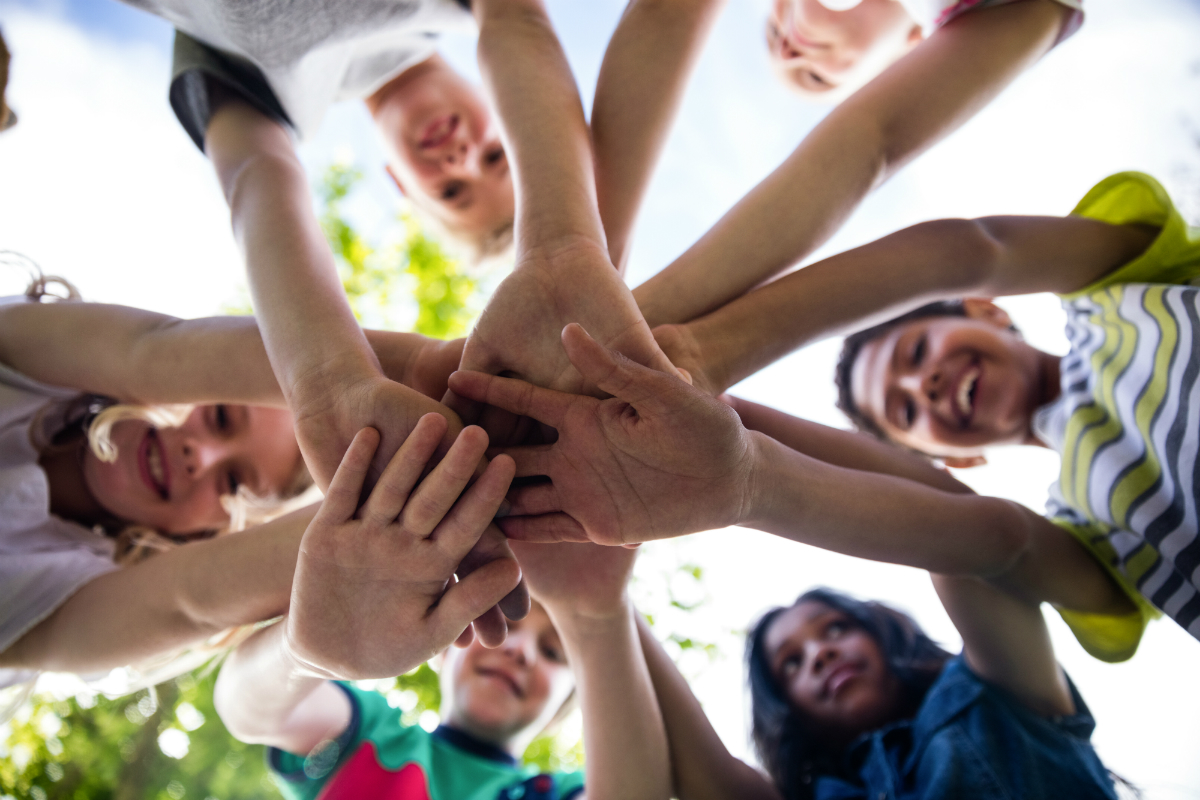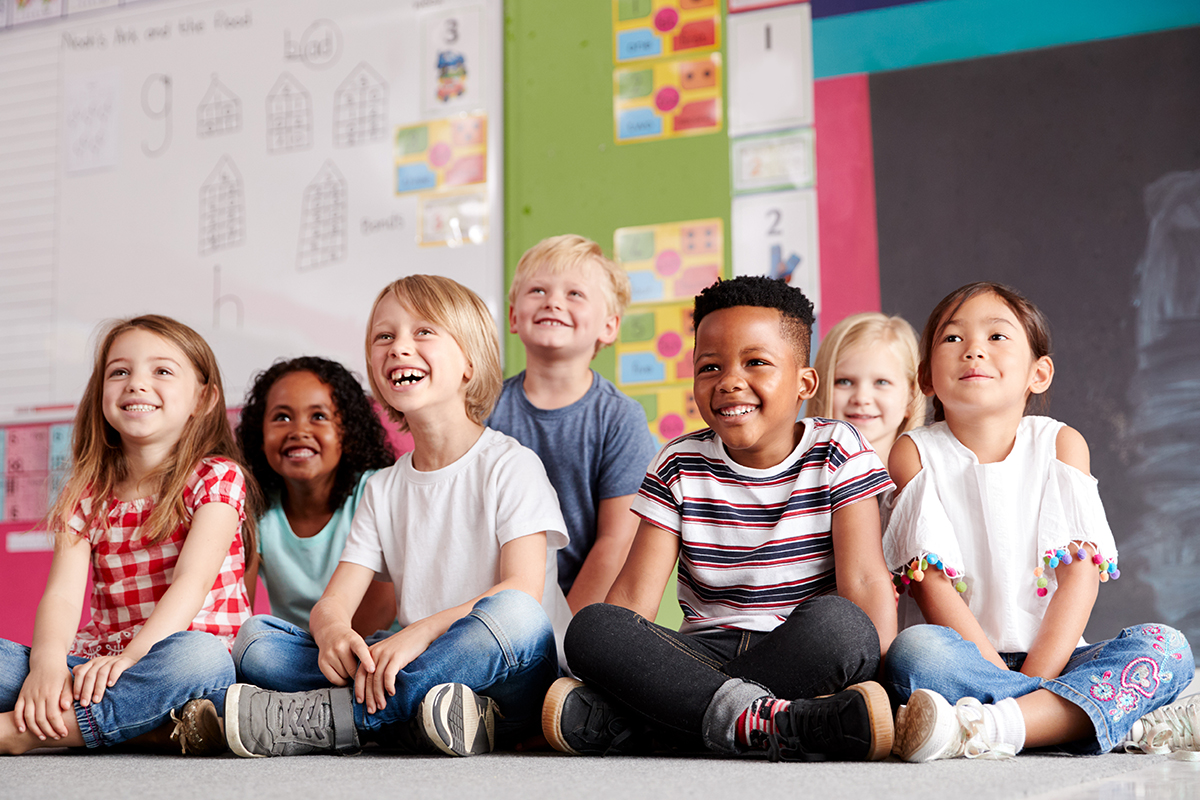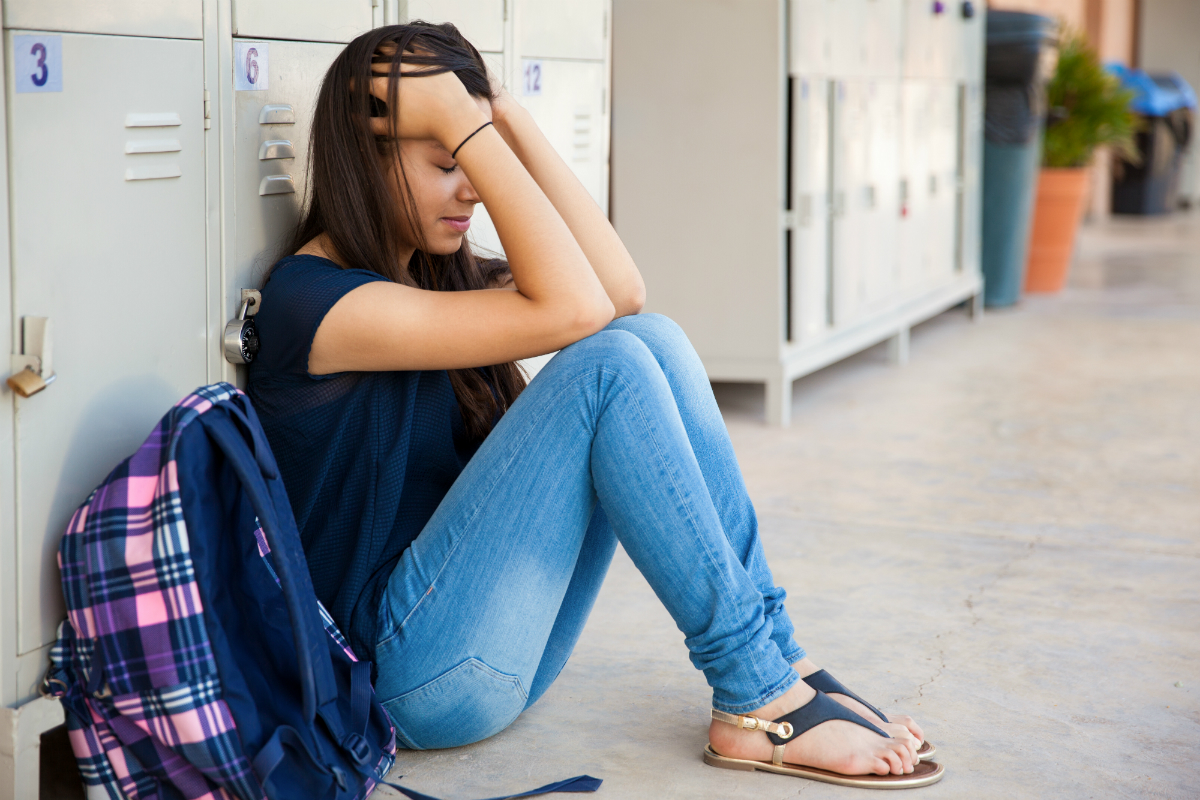A new survey and report released by education technology company GoGuardian aims to measure the most effective ways of engaging students in their learning by surveying more than 2,500 educators from all 50 states and 40 additional countries. The “2021–2022 State of Engagement Report” aims to provide insights into how to encourage and foster student engagement.
The survey first asked educators about student outputs: “A number of different student outputs can be emphasized in a learning environment. In your opinion, when you emphasize the selected student output, what impact is there on student engagement overall?”
Based on previous data and research, 19 possible student outputs were presented:
- Academic engagement
- Academic growth
- Academic performance
- Closing the achievement gap
- College readiness
- Conceptual understanding
- Creativity and self-expression
- Critical thinking
- Curiosity and lifelong learning
- Digital citizenship
- Fluency (the ability to perform a skill with speed and accuracy)
- Graduation rates
- Higher-order thinking
- Meta-cognition (awareness of one’s own learning)
- Reading comprehension
- Retention/Dropout rates
- Retention of knowledge over time
- Social-emotional well-being
- Transfer of knowledge or skills
The survey then asked questions related to instructional practices, defined as “any method, strategy or technique a teacher may implement in their instructional workflow, typically with the goal of enabling one or more student outputs.” Thirty-seven practices were identified for the survey.
The survey’s goal was to measure which outputs have the greatest impact on student engagement when emphasized in the classroom, and the corresponding instructional practices that teachers use to execute lesson plans and make progress toward desired student outputs.
Results underscore need to attend to whole child
Student output and teacher instructional practice survey results went hand-in-hand in that they deviated from traditional academic supports to those that emphasize addressing the whole child and building relationships.
Student outputs
Of the 19 outputs, the top five focus on the creative, cognitive and emotional factors that can impact a student’s engagement with learning.
- Creativity and self-expression (85 percent of respondents): While research in this area is not extensive, some researchers believe that studying the relationship between creativity, self-expression and engagement is key to understanding how students learn and what makes an experience engaging or disengaging. Studies additionally show that a student’s perception of their own agency and authenticity in a learning environment has an impact on their levels of engagement and motivation.
- Academic engagement (83 percent of respondents): Academic engagement refers to a student’s behavioral, emotional and cognitive efforts and investments in their learning. Research finds that fostering academic engagement has been shown to increase motivation in students and to improve test scores and grades.
- Curiosity and lifelong learning (83 percent of respondents): Research has shown that along with displaying a positive relationship with cognitive and emotional engagement, when learning is paired with curiosity, students are more motivated to learn, will learn more deeply, will retain a greater amount of knowledge and will perform better on measures of academic performance and growth.
- Critical thinking (83 percent of respondents): Literature on critical thinking and its relationship to student engagement finds that it is hard to accurately measure — Some studies suggest that classroom environments that challenge students to think critically and perform at higher cognitive levels result in higher levels of engagement, while others claim that it is a student’s engagement in the learning process that increases their capacity to think critically. Either way, teacher recognize the importance of “having mental processes, strategies, and representations to solve problems, make decisions or engage in new learning.”
- Conceptual understanding (83 percent of respondents): Conceptual knowledge allows students to identify and apply the correct procedure for a situation and to incorporate new information with what they already know. This requires a depth of knowledge on a subject, which encourages deeper engagement.
- Social-emotional well-being (81 percent of respondents): Studies have found a student’s level of engagement with school to be positively associated with positive emotions and negatively associated with ill-being, depression and burnout. Fostering students’ sense of connectedness and self-esteem contributes to their ability to engage in learning.
Instructional practices
The top six instructional practices teachers indicated as having the largest impact on student engagement centered around themes of building strong relationships, which allows teachers to understand where students are in the learning process, and involving students in every step along the way: forming teacher–student relationships; making course content relevant to students; communicating clear expectations; practicing hands-on learning; linking new information to prior knowledge; and facilitating student participation.
“Each of the top instructional practices involves actively engaging students in the learning process and requires strong relationships in order to accomplish the goal of higher student engagement,” the report concluded. “In many cases, the top practice of forming teacher–student relationships was highlighted as a lever to further increase the impact of other top instructional practices. These practices not only involve students in the learning process, but they also allow teachers to meet students where they are and drive toward outputs that address the whole child creatively, cognitively and emotionally.”





